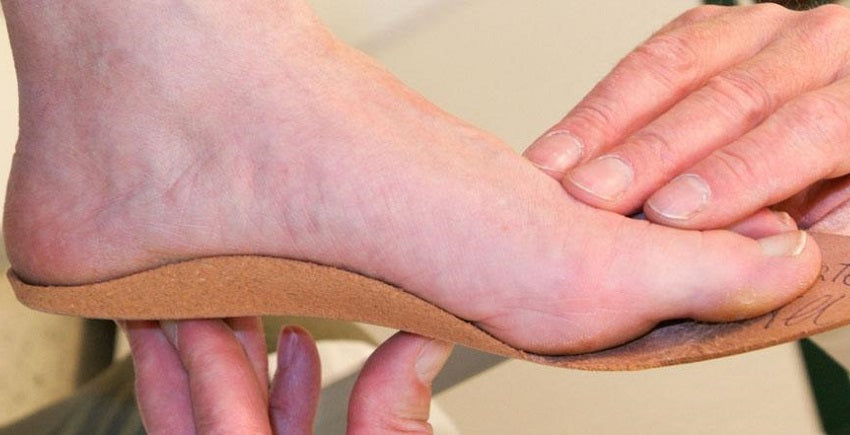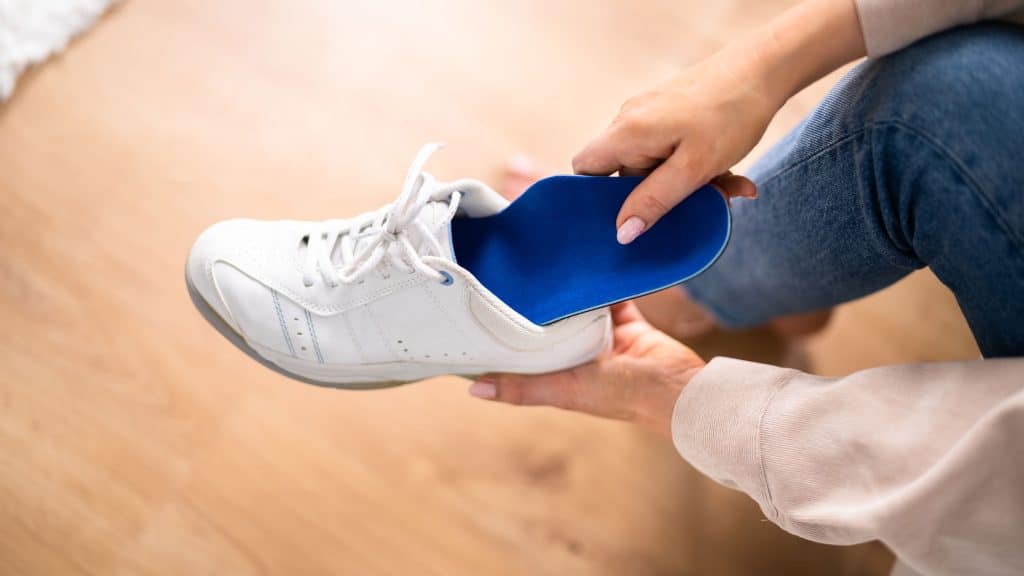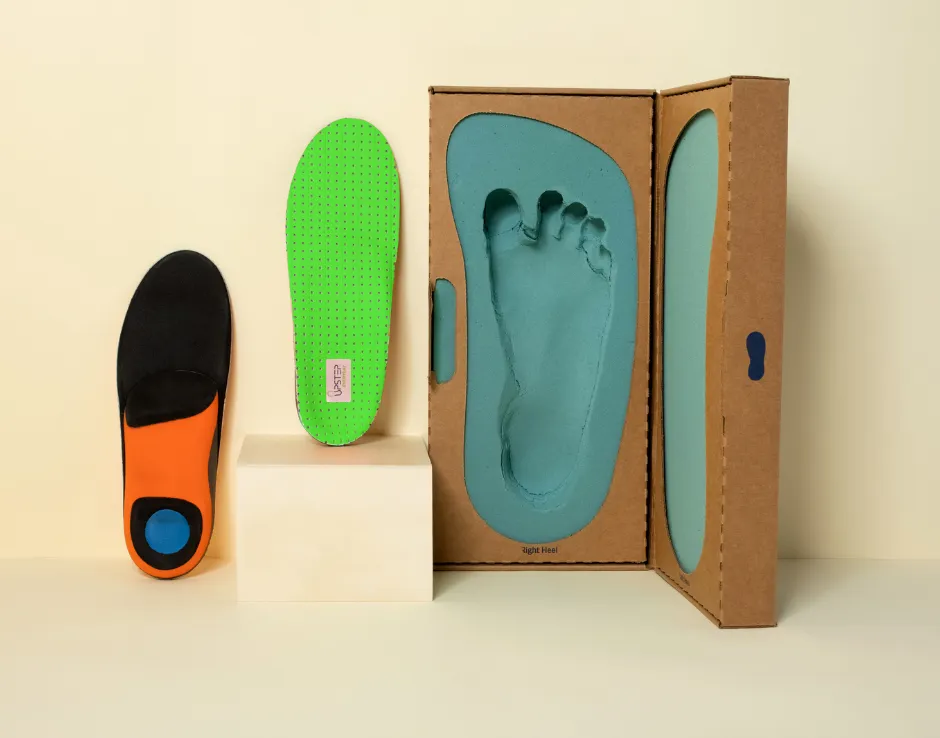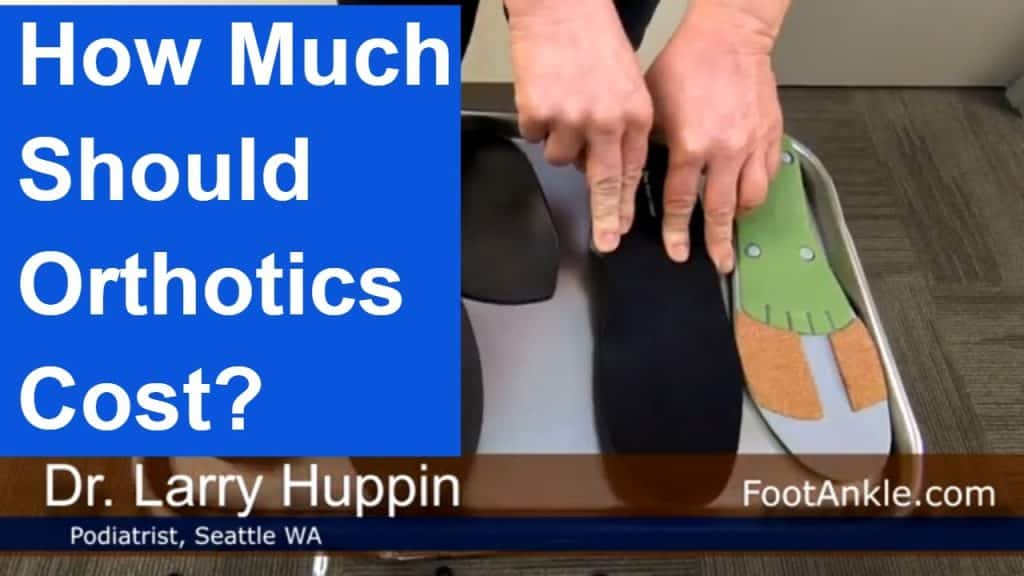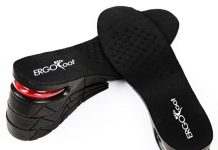Are you tired of sore feet and achy arches? If so, you may consider investing in insoles to provide some much-needed support and comfort.
But here’s the burning question: How much should you spend on insoles?
With so many options on the market, it can be overwhelming to choose the right ones without breaking the bank.
In this article, we will explore different factors to consider when deciding on the budget for your insoles, helping you make an informed decision that will keep your feet happy and your wallet content.
So, let’s step in the right direction and determine how much you should spend on insoles!
Factors to Consider
Choosing the right insoles for your footwear can make a massive difference in comfort and overall foot health. However, knowing where to start can be overwhelming with so many market options.
To simplify the decision-making process, there are several factors to consider that will help you narrow down your options and find the perfect pair of insoles for your needs.
Material
The material of the insole plays a crucial role in determining its comfort and support. Here are some common materials used in insole construction:
Gel
Gel insoles are known for their excellent shock absorption qualities. They can cushion your feet effectively and relieve foot pain and fatigue. Gel insoles are perfect for everyday use and are especially beneficial for individuals who spend long hours on their feet.
Memory Foam
Memory foam insoles mold to the shape of your feet, providing superior comfort and support. They offer excellent cushioning and can relieve pressure points, making them a great choice for individuals with sensitive or arthritic feet.
EVA (Ethylene-vinyl acetate)
EVA insoles are lightweight and flexible, providing both cushioning and support. They are commonly used in athletic shoes and are ideal for individuals engaged in sports or high-impact activities.
Leather
Leather insoles are known for their durability and breathability. They provide good cushioning and can help prevent foot odor by absorbing moisture. Leather insoles are suitable for everyday use and can be a great choice if you prefer natural materials.
Cork
Cork insoles offer excellent shock absorption and arch support. They mold to the shape of your feet over time, providing a custom fit. Cork insoles are suitable for individuals with plantar fasciitis or flat feet, as they can help relieve pain and provide stability.
Custom-made
Custom-made insoles are specifically designed to meet your individual foot needs. They are typically made by taking a mold of your feet and creating insoles that provide customized support and cushioning.
While custom-made insoles may be more expensive, they can be a worthwhile investment for individuals with specific foot conditions or those seeking optimal comfort.
Type of Insole
Once you have determined the suitable material for your insoles, it’s essential to consider the type of insole that will best suit your needs. Here are some common types of insoles and their benefits:
Arch Support
Insoles with arch support are designed to provide stability and proper alignment for individuals with flat feet or high arches. They can help alleviate pain and prevent foot conditions such as plantar fasciitis.
Cushioning
Cushioned insoles are excellent for individuals seeking additional comfort and shock absorption. They are especially beneficial for those who spend long hours on their feet or engage in high-impact activities.
Orthotic
Orthotic insoles are specifically designed to correct foot alignment and support individuals with overpronation or supination. They can help improve balance, reduce pain, and prevent injuries.
Heel Cups
Insoles with heel cups provide added support and cushioning for the heel area. They can benefit individuals with heel pain or those seeking extra stability.
Sports-specific
Investing in sports-specific insoles can provide targeted support and cushioning if you engage in a specific sport or activity.
These insoles are designed with features tailored to specific sports demands, helping to enhance performance and prevent injuries.
Foot Condition
Understanding your foot condition is crucial in selecting the right insoles to provide maximum comfort and support. Here are several common foot conditions and the recommended insoles:
Plantar Fasciitis
For individuals with plantar fasciitis, insoles with arch support and cushioning are essential. These insoles can help reduce strain on the plantar fascia and alleviate pain.
Flat Feet
Flat feet require insoles with arch support to provide stability and correct foot alignment. These insoles can help prevent overpronation and reduce the risk of foot and ankle injuries.
High Arches
Individuals with high arches benefit from deep heel cups and arch support insoles. These insoles provide added cushioning and stability, reducing the risk of foot pain and injuries.
Overpronation
Those with overpronation need insoles that provide motion control and stability. Insoles with firm arch support and a structured design can help correct foot alignment and reduce the risk of overuse injuries.
Supination
Insoles with cushioning and shock absorption properties are crucial for individuals with supination. These insoles can help distribute weight evenly and reduce pressure on the outer edges of the feet.
Activity Level
Considering your activity level is essential when choosing insoles, as different activities require different levels of support and cushioning. Here are some expected activity levels and the recommended insoles:
Everyday Use
If you’re primarily looking for insoles for everyday use, investing in insoles that offer all-day comfort, cushioning, and arch support is essential. Gel or memory foam insoles are excellent choices for everyday wear, as they provide superior comfort and shock absorption.
Sports
Investing in insoles that offer targeted support and cushioning is crucial for individuals engaged in sports or high-impact activities. Sports-specific insoles are designed to enhance performance and reduce the risk of injuries by providing the necessary stability and shock absorption for each sport.
Occupational Use
If you have a job requiring prolonged standing or walking, it’s essential to choose insoles that provide all-day comfort and support. Look for insoles with excellent shock absorption and cushioning properties to help alleviate foot fatigue and pain.
Casual Activities
For casual activities like walking or light exercise, insoles with arch support and cushioning can provide comfort and support. Gel or memory foam insoles are excellent for casual activities, offering adequate cushioning and shock absorption.
Lifetime Expectancy
The lifetime expectancy of your insoles is a vital consideration to help you gauge their value for money. Here are some common types of insoles and their expected lifespan:
Disposable Insoles
Disposable insoles are typically made from inexpensive materials and are intended to be used for a shorter period, usually a few weeks to a few months. These insoles are a more affordable option but may need to be replaced frequently.
Mid-range Insoles
Mid-range insoles are made from higher-quality materials and can last anywhere from six months to a year or more, depending on usage. These insoles offer a good balance between affordability and durability.
Premium Insoles
Premium insoles, often made from top-quality materials like memory foam or custom-made options, can last two years or longer, even with daily use. While they may come at a higher initial cost, they offer superior comfort and durability, making them a worthwhile long-term investment.
Custom-made Insoles
Custom-made insoles are designed to meet your unique foot needs and can last several years with proper care. These insoles often come with a higher price tag but are worth considering if you have specific foot conditions or seek optimal comfort and support.
Budget Considerations
When purchasing insoles, assessing your needs and considering your budget is essential. Here are some factors to consider when budgeting for insoles:
Assessing Your Needs
Consider your specific foot condition, activity level, and foot pain or discomfort. This will help you determine the type of insoles and features you require.
Prioritizing Features
Consider which features are most important to you. Do you prioritize arch support, cushioning, or a specific material? Take into consideration how each feature will benefit your feet and overall comfort.
Long-term Investment
Think about the long-term benefits of investing in higher-quality insoles. While they may initially come with a higher price tag, they can last longer and provide superior comfort and support.
Cost-effectiveness
Consider the cost-effectiveness of the insoles you are considering. While a lower-priced option may be tempting, weighing the durability and performance against the price is essential to ensure you get the best value.
Insoles Pricing
Insoles come in a wide range of price points to suit various budgets. Here’s a breakdown of the different pricing categories:
Low-priced Insoles
Low-priced insoles, usually in the range of $10 to $20, are often made from cheaper materials and may not offer the same level of comfort and support as higher-priced options. However, they can be suitable for occasional use or short-term solutions.
Mid-range Insoles
Mid-range insoles typically range from $20 to $50 and balance affordability and quality. They often feature better materials and construction, providing improved comfort and durability.
High-priced Insoles
High-priced insoles can range anywhere from $50 to $100 or more. These insoles often have premium features, advanced materials, and specialized designs. They are ideal for individuals with specific foot conditions or those looking for the highest level of comfort and support.
Custom-made Insoles
Custom-made insoles are the most expensive option, with varying prices depending on the customization process and materials used. These insoles are specifically tailored to your foot needs and offer the highest level of comfort and support, making them a worthwhile investment for individuals with specific foot conditions or seeking optimal comfort.
Affordability vs. Quality
Finding the right balance between affordability and quality is crucial when purchasing insoles. Here are some factors to consider in finding that balance:
Finding the Right Balance
Consider your budget and prioritize the most critical foot health and comfort features. By finding the right balance between cost and quality, you can invest in insoles that provide the necessary support without breaking the bank.
Value for Money
Consider the long-term value of the insoles. While high-priced insoles may require a more significant upfront investment, they may last longer and provide superior comfort and support, ultimately offering better value for money.
Durable Construction
Look for insoles with durable construction to withstand daily wear and tear. Reinforced stitching, high-quality materials, and superior cushioning can contribute to the overall durability and longevity of the insoles.
Brands and Reputation
Research different brands and their reputation for producing high-quality insoles. Trusted brands often have a track record of providing reliable and comfortable insoles, making them a safe option.
Expert Recommendations
When in doubt, seeking expert recommendations when choosing the right insoles for your needs can be helpful. Here are some experts who can provide valuable insights:
Podiatrists
Podiatrists are foot specialists who can assess your foot condition and provide personalized recommendations for insoles. They can help identify any underlying issues contributing to your foot pain and help you find the most suitable insoles.
Physical Therapists
Physical therapists, particularly those specializing in foot and ankle rehabilitation, can guide insoles to help your recovery or prevent future injuries. They can offer insights into the most essential features of your specific condition.
Shoe Specialists
Shoe specialists, such as employees at specialty shoe stores, can provide expert advice on insole selection. They are knowledgeable about different types of insoles and can help you find the right fit and support for your footwear.
Customer Reviews
Reading customer reviews can give you insights into the real-life experiences of others who have used specific insoles. Look for reviews from individuals with similar foot conditions or activity levels to understand better how the insoles may perform for you.
In conclusion, when determining how much to spend on insoles, it’s essential to consider factors such as material, type of insole, foot condition, activity level, and lifetime expectancy.
Assessing your needs, prioritizing features, and finding the right balance between affordability and quality will help guide your decision. Remember to consult with experts, read customer reviews, and consider trusted brands to help you make an informed choice.
Investing in the right insoles can enhance your overall foot health, improve comfort, and enjoy an active and pain-free lifestyle.


